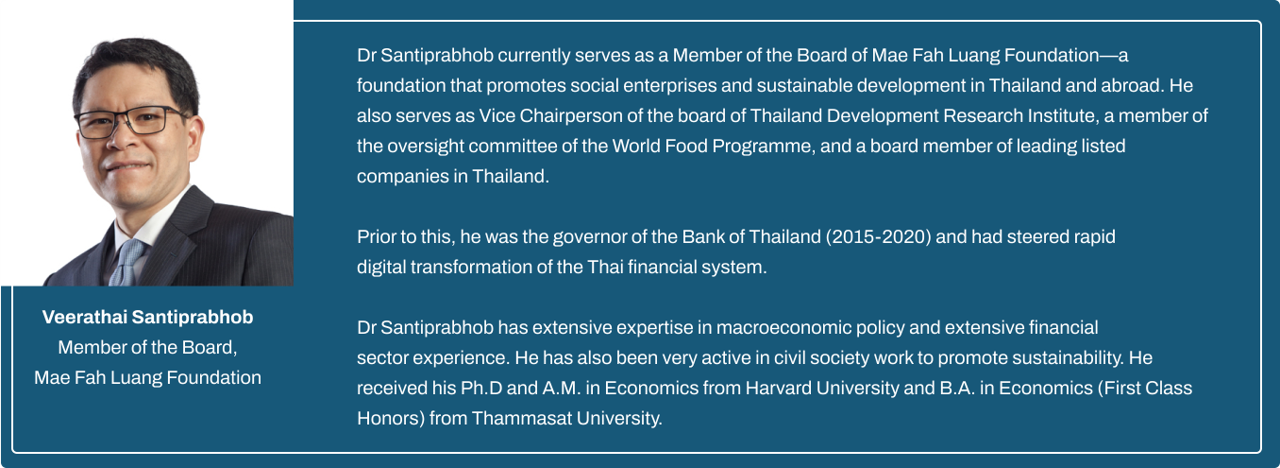Richard Newell assesses the challenge for asset owners in achieving fuller and more
comprehensive decarbonisation.
With Asia accounting for more than half of global fossil fuel consumption, it is vitally important that
Asia-Pacific's investment community do their part in helping to decarbonise the region.
The challenge, as always, is how to match investors’ commitment to alternative energy with suitable
assets and deals. Solutions ranging from geothermal energy to carbon capture and storage, or the
use of more sustainable materials have drawn large amounts of funding and, if deployed widely,
could advance decarbonisation pathways.
Ongoing government support is important in sustaining progress. There are signs that with the right
political will, progress can be made. In Australia, there has been a broad call from the investment
sector for the government to press ahead with developing a sustainable finance strategy that would
enable private finance to direct capital to renewables at scale.
Government spending is playing a key role in the growth of clean energy investment and expanding
clean technology supply chains. The amount of money allocated by governments to support clean
energy investment since 2020 has risen to US$1.34 trillion, according to the latest update of the
International Energy Agency’s government energy spending tracker.
However, annual investments need to at least quadruple to remain on track to achieve the 1.5°C
scenario in IRENA’s World Energy Transitions Outlook 2023. Investments are also not flowing at the
pace or scale needed to accelerate progress towards universal energy access.
Renewable energy is considered a useful diversifier for institutional portfolios, but according to
IRENA’s research, institutional investors have so far not taken advantage of the opportunities
presented. Fewer than one-fifth of investors have made any renewable energy investments, while
only about 1.5% have invested directly in renewable energy projects.
For further expansion to occur, IRENA reports that continuous effort needs to be put into the further
harmonisation of the green definition and certifications, collaboration among public and private
stakeholders in the issuance process, and continuous development of a pipeline of bankable and de-
risked renewable energy assets.
New Zealand Super’s CEO Matt Whineray questioned whether the efforts of asset owners to
decarbonise their portfolios are sufficient to drive the changes needed on a global scale.
“While it reduces our exposure to this risk – it won’t do much to change the real-world outcome. We
need new capital to flow to fund the transition, and we need governments and regulators to act as
The politics of climate change, both domestically and internationally, has been characterised by
degrees of chaos and disagreement. But the transition is gaining traction, to judge from the fact that
the social cost is increasingly being borne by those responsible.
The most active investors in the low carbon space in Asia Pacific see governments increasingly willing
to introduce carbon pricing mechanisms to penalise high emitters and incentivise investments in climate solutions.
Whineray urged investors to step up their engagement with policymakers and regulators “to set the
vision, build the structures and demand the disclosures that will help the rest of us to compete
within a system that is not working against our long-term objectives.”
Such actions are necessary, he said, to eradicate the “particularly insidious activity” whereby
companies lobby for exemptions to the rules rather than look for new ways of working that will align
them with those long-term objectives.
Initiatives such as the Asia Utilities Engagement Program promoted by the Asia Investor Group on
Climate Change aim to accelerate the decarbonisation of the region’s power sector through
collective investor engagement.
Improvements in data quality and sustainable finance indicators are helping that process. The
growth of the Partnership for Carbon Accounting Financials is another example of how frameworks
are in place for finance emissions reporting.
The other challenge when it comes to raising climate-related finance in Asia is directing capital
evenly. Private capital tends to flow to countries with lower real or perceived risks. When capital
does flow to countries at the margins, it generally does so at a much higher cost.
This means the lowest income populations end up paying the most for energy, which is universally
recognised as essential for alleviating poverty and promoting social advancement. The danger is that
the divide between private and public financing only widens the disparity between developed and
frontier markets.

















